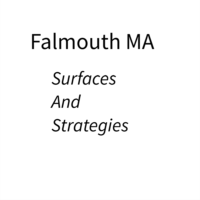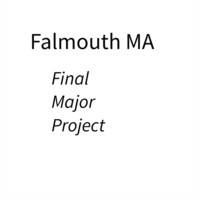Location : Jan Matejko Academy of Fine Arts (Main Hall)
Venue: The venue was a large modern theatre in the Academy of Fine Arts.
The following text is a summary of my notes from Gerry Badger’s talk on collecting photographs. As a photographer who is looking to sell fine art images as part of my practice getting the thoughts of Gerry Badger who helps individuals collect images and has work with Martin Part of the influential books on such as the History of Photobooks (that some people consider as a bucket list of collectable photobooks) would help provide insight into the photographic art market.
Gerry’s talk started by summarising his key points in the first few minutes of his talk:
- Buy what you like because there is no guarantee that photographs will go up in value
- Buy best photographs that are in the best condition when looking for images to add to your collection
Gerry then provided us with a brief history of photograph as an art form.
The start of photography as art is linked to a number of different events:
- Helen Gee put on photography exhibitions in the 1950s at Limelight in New York
- John Szarkowski became director at the Museum of Modern Art and changed the museums curatorial position on collecting photography as art rather than a record of fact.
- Ansel Adams starts retire prints to create rarity within a medium that is based on the ability to create an unlimited number of copies from the original negative.
- Harry Lune founds the art market in 1970s with the Annual show in New York APAD Association of Photographic Dealers
One of the big concerns for collectors in the photography market is that it is easy for photographers to make more prints and therefore devalue images that have already been created.
To create rarity in the photographic art market prints are considered as vintage if they are created within 5 years of the negative being created.
The photo art market divides into a number of categories:
- 19th Century – images created by 19th century photographers
- 20th Century Master – images created by the icons of 20th Century photography such as Ansel Adams, Edward Weston.
- Contemporary Market – consists of other published photographers. The contemporary photograph market divides into two broad groups photography and photography that is sold as art. Images considered as art are valued a factor 10 times comparable photography prints.
The final part of Gerry’s talk focused on providing the audience with advice on building a collection of photographs:
- Library of Congress photographic archive: iIt is possible to print images from the archive for free and the archive contains many famous images
- Photo swops: swop images with other photographers to build up your collection without having to spend money. David Huron is a good example of someone who has used photo swops to build a collection.
- Gallery buying: buy from a reputable gallery always select the best condition prints if multiple prints of the same subject are for sale.
When trying to value prints it is important to understand the edition size and if those editions are location or size specific. Even if an image is an edition of 5 thought could equate to 30 or 60 images if the image is offered in 3 sizes from 4 different galleries. Some photographers adjust price as editions a start to sell however that can backfire as collectors can be viewed as mercenary. Another type of prints are those know as posthumous editions that are created by the families estate but have questionable value as it reduces rarity.



